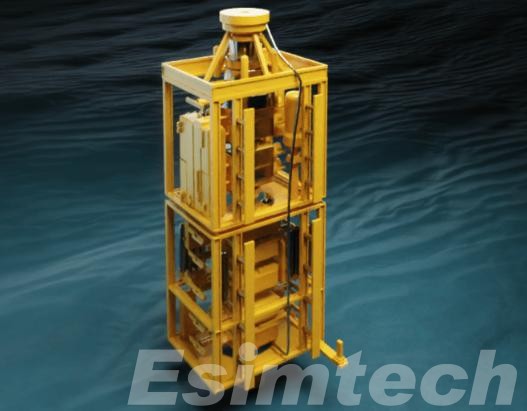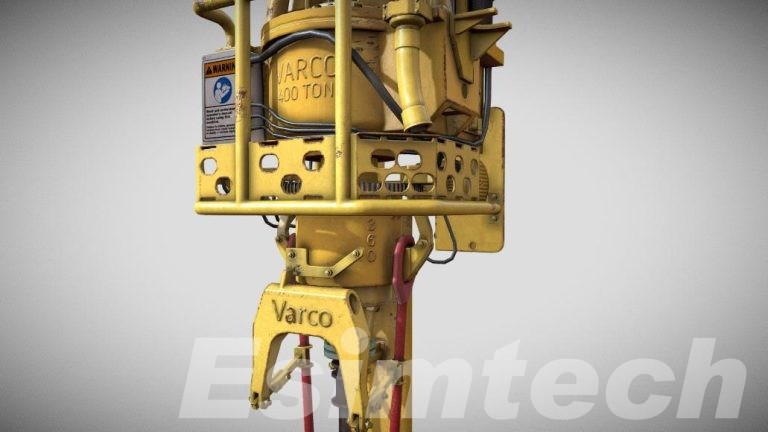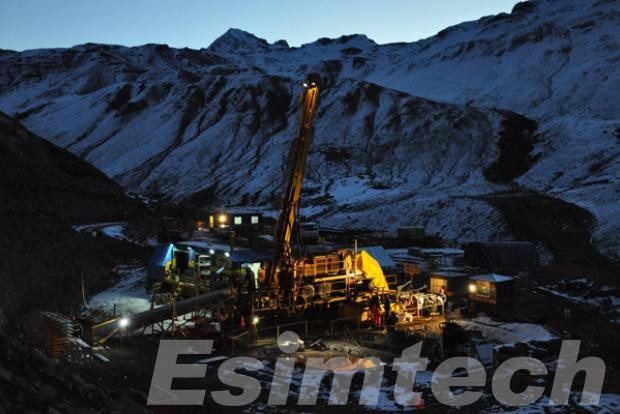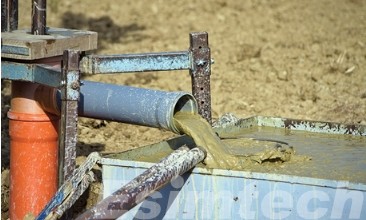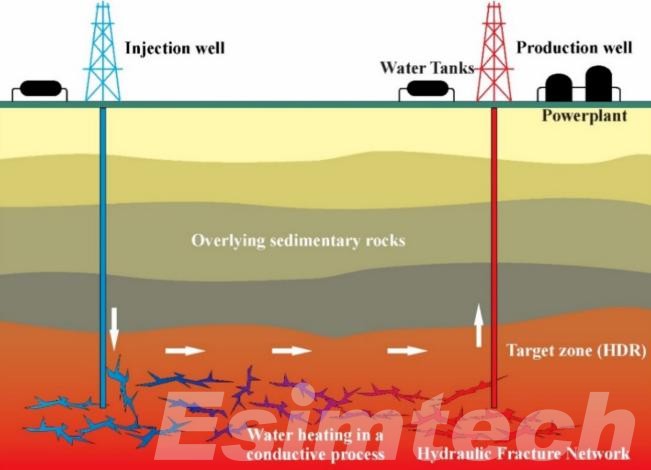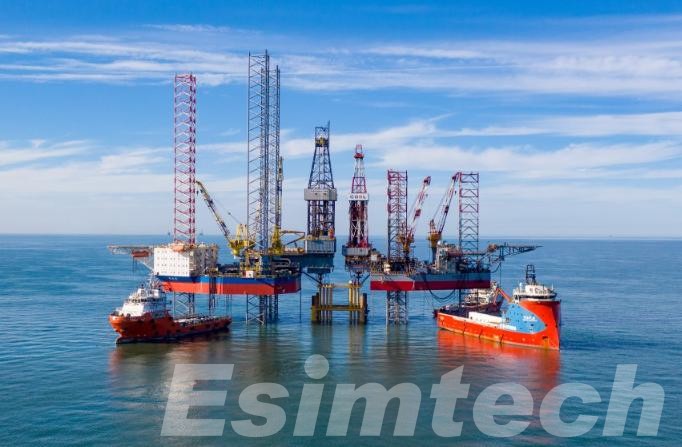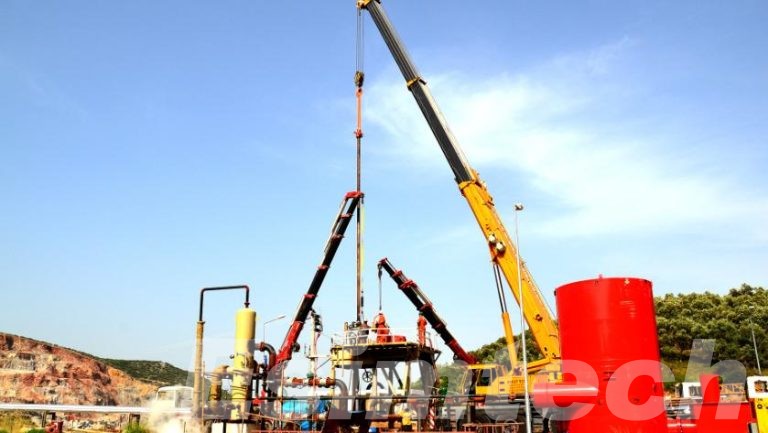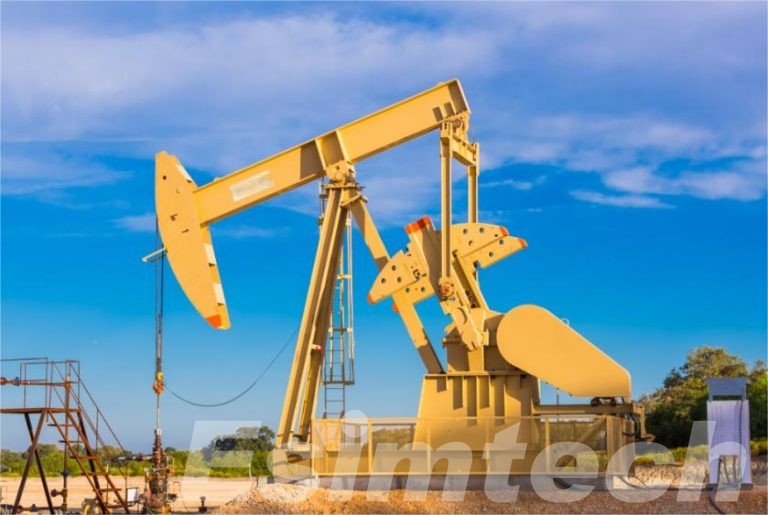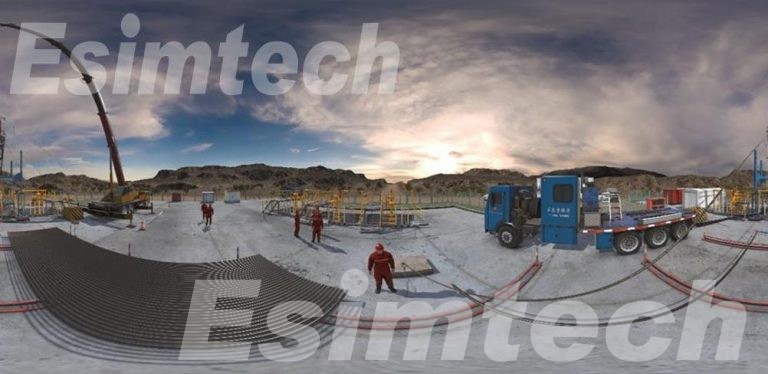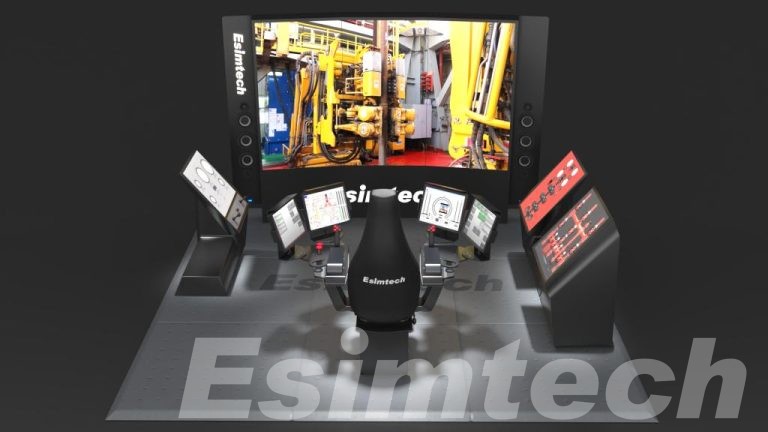Explaining the Function and Importance of Subsea BOPs in Offshore Drilling
The prevention of blowouts during offshore drilling operations is both multifaceted and extremely difficult. As with any drill activity, there are safety protocols in place to avoid unfortunate accidents, but they can be very costly in terms of time and money when dealing with high-pressure subsea wells, making safety essential for success. This article describes the…

